Generations of Irish people have made London their home, many finding fame and fortune in one of the world’s largest and most prominent capital cities. From the houses used by Irish representatives during the Anglo-Irish Treaty negotiations to the final resting places for Sam Maguire and Liam MacCarthy, one-time resident Ronan McGreevy picks some of his favourite Irish historical highlights in London.
22 Hans Place
This location in Belgravia was home to most of the Irish delegation who negotiated the Anglo-Irish Treaty in 1921. This red-bricked three-storey building in Knightsbridge is in one of London’s most affluent areas. The house was rented for the delegation by Joe McGrath, who went on to make a fortune as the founder of the Irish Hospitals’ Sweepstake, and Daniel McCarthy, who had been director of elections for Sinn Féin. 22 Hans Place had extensive kitchens, bedrooms and drawing rooms for the delegation which included four of the five signatories of the Treaty, Arthur Griffiith, Eamon Duggan, Robert Barton and Charles Gavan Duffy. The huge delegation was serviced from Harrods which is only a short drive away. An invoice from the luxury store dated November 8th, 1921, shows that they ordered 3lb of assorted chocolates as well as bonbons and peppermint liqueurs. It was from this house that the delegation set out at 11.15pm for the journey to Downing Street to sign the Treaty.

15 Cadogan Gardens
Michael Collins and his entourage stayed at this address during the Anglo-Irish Treaty negotiations. As the most sought-after member of the delegation, Collins decided to keep to himself. He also had good reason to fear for his own life being the most wanted man in Britain during the War of Independence. Four IRA guards were placed outside the door during the negotiations. According to Cathal Brugha, a fierce opponent of the Treaty and of Michael Collins personally, a huge amount of alcohol was consumed at Cadogan Gardens during the Treaty negotiations.
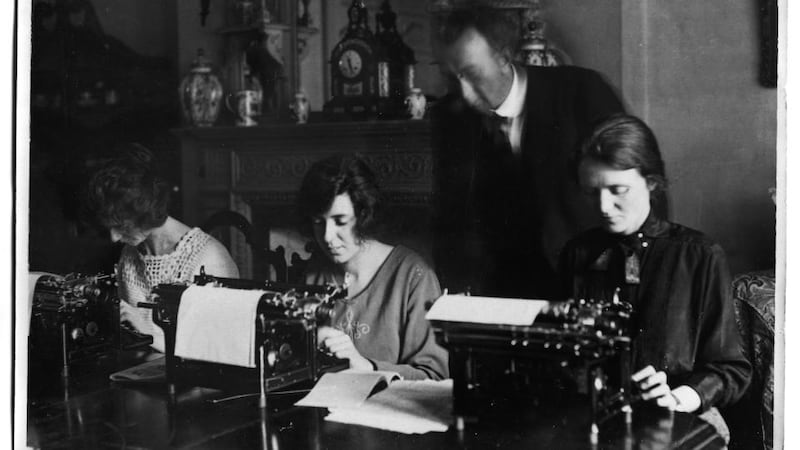
5 Netherwood Road, Hammersmith
Michael Collins spent nine years in London and he moved on several occasions. His last address in London before he returned to Ireland in late 1915 was with his oldest sister Hannie in 5 Netherwood Road. There is now a plaque, though not a blue one, saying that “Irish nationalist and politician lived here 1914-1915″.
READ MORE
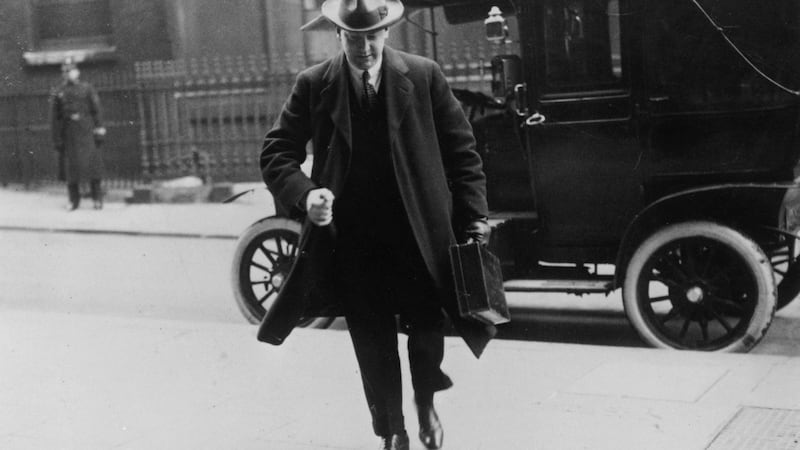
Apsley House, 149 Piccadilly
Daniel O’Connell once famously said of Arthur Wellesley the Duke of Wellington, “just because you are born in a stable doesn’t make you a horse”. The Duke was born at 24 Merrion Square in Dublin in 1769, where the Merrion Hotel is now situated and grew up in Trim, Co Meath. Wellington went on to become the hero of the Battle of Waterloo which defeated Napoleon’s army in 1815. He was later the British prime minister who granted Catholic emancipation in 1829. The Duke bought Apsley House, his London residence, two years after the battle from his bankrupt brother and spent a fortune doing it up. Its central location means that was known for many years as No.1 London. It is now a museum to Wellington and his achievements. It’s also the home of the current Duke of Wellington who was a Conservative MEP, but who quit over Brexit.
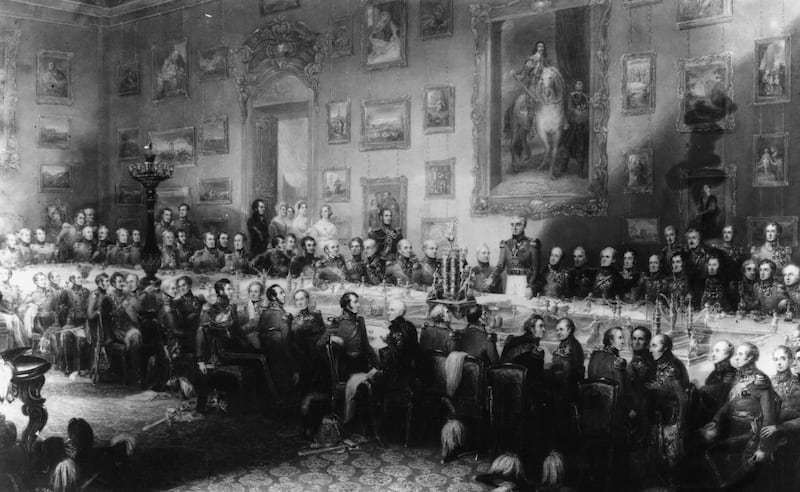
Liverpool Street Station
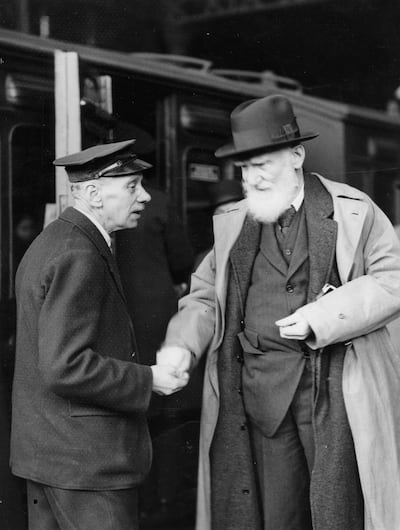
Millions of Irish travellers to London have passed through Liverpool Street Station as it is the terminus in London for the train from Stansted Airport. Few of them probably understand the significance of the large war memorial which is located above the main station concourse. It was unveiled on June 22nd, 1922, by Field Marshal Sir Henry Wilson MP and remembers 1,200 men from the Great Eastern Railway Company who died in the war. As the small bust underneath the main memorial states, Wilson was shot dead two hours after the unveiling by two members of the IRA — Reginald Dunne and Joseph O’Sullivan.
36 Eaton Place

Wilson returned to his home in London’s Belgravia on the afternoon of June 22nd, 1922. He was gunned down on the doorstep of his home. The steps have been changed in the last 100 years. They how face out on to Eaton Place. In 1922 they were on the Belgravia Place side of the house. The shooting had huge ramifications for Ireland as the British government blamed the anti-Treaty side for the assassination, wrongly as it turned out. British prime minister David Lloyd George delivered an ultimatum to Michael Collins and the Provisional Irish Government warning them that if they did not deal with the anti-Treaty rebels the British would do so themselves. The Irish Civil War began six days after the Wilson shooting when the National Army shelled the Four Courts, the headquarters of the anti-Treaty rebels on June 28th, 1922, using borrowed British field guns.
Cromwell statue, Houses of Parliament
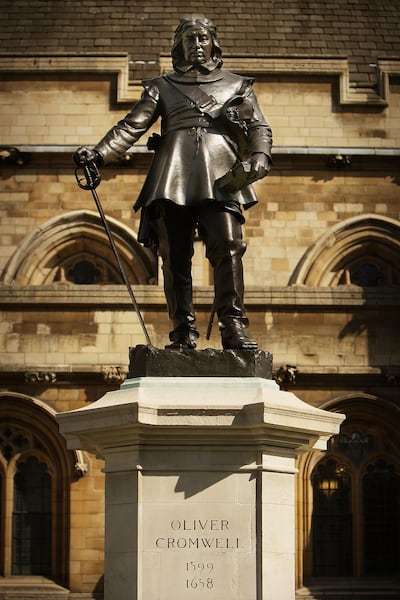
Irish visitors to London need now do a double take when they arrive at the Palaces of Westminster. Yes, that really is a statue of Oliver Cromwell, the slayer of the people of Drogheda and Wexford and the most hated man in Irish history. For many English liberals though, Cromwell is a hero for asserting the primacy of parliament above that of the monarch. The statue was erected in 1899 amidst huge controversy. Bizarrely, the Tory party and Irish nationalists found themselves on the same side, both agreeing that it was not appropriate. Even Edward Carson opposed it and denounced Cromwell as a “murderer”. The British government refused to fund it so a private donor stepped in. The statue became embroiled in the Black Lives Matter controversy when it was suggested as one that should be removed, but then prime minister Boris Johnson ruled it out.
7 Buckingham Gate
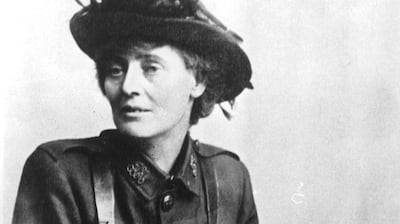
There are few places of historic interest associated with Irish women in London, but No. 7 Buckingham Gate is one of them. Constance Gore-Booth, who went on to become Constance Markievicz was born at this address on February 4th, 1868, the daughter of wealthy explorer and philanthropist Sir Henry Gore-Booth and his English wife. She moved to Lissadell House in Sligo as a young child, but returned to the Slade School of Art in London to study. Later, in 1918, she became the first MP to be elected to the House of Commons but did not take her seat. There was a petition some years ago for a blue plaque at No. 7 Buckingham Gate, but it came to nothing.
3 Adelaide Street
Oscar Wilde was born in Dublin but spent most of his life, and made his reputation, in London. Wilde was renowned as one of the great playwrights and wits of his age before his downfall as a result of the ill-fated libel action he took against the Marquis of Queensbury. He died in exile and in disgrace in Paris in 1900. A Conversation with Oscar Wilde was erected in 1998 at No. 3 Adelaide Street in the Strand. It depicts Wilde as he is remembered in the public imagination with a cigarette in hand holding court in a granite-shaped plinth which looks like an Egyptian sarcophagus. It is enscribed with a quotation from Lady Windermere’s Fan (1892): “We are all in the gutter, but some of us are looking at the stars.” There is also a blue plaque to Wilde at 34 Tide Street in Chelsea where he lived in London.
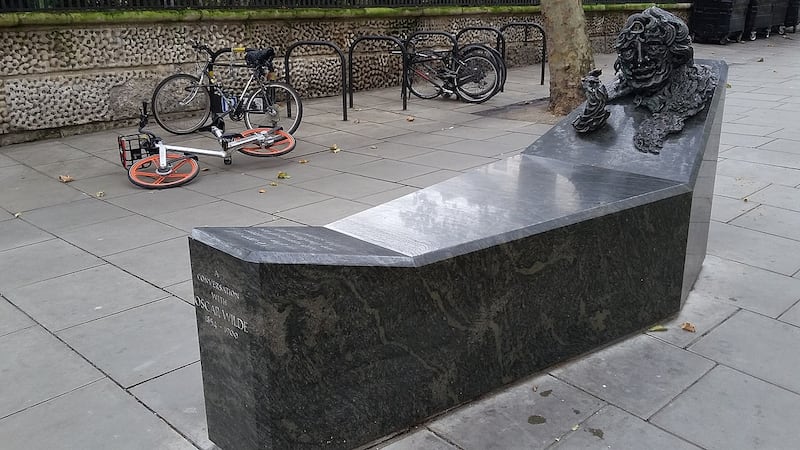
23 Fitzroy Road, Primrose Hill
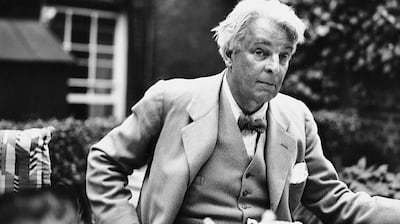
There is a blue plaque to the poet William Butler Yeats who lived here from the age of two to eight. Coincidentally, it is also the place where the poet Sylvia Plath took her life in 1963, though that melancholy event is not remembered there. There is a plaque too at 29 Fitzroy Square, Fitzrovia (not the same address as Fitzroy Road) to George Bernard Shaw who lived there from 1887 to 1898: The plaque states: “From the coffers of his genius, he enriched the world.”
Windsor Castle, Windsor
Windsor Castle, just outside London, is one of the official homes of the British monarch. There is also an Irish connection to this location. In 1922, the southern Irish regiments which had been part of the British army were disbanded, bringing to an end hundreds of years of military service. The regimental colours of the six southern Irish regiments, the Royal Irish Regiment, the Connaught Rangers, the Leinster Regiment, the Royal Munster Fusiliers, the Royal Dublin Fusilers and the South Irish Horse (a cavalry regiment) were laid up in St George’s Hall and remain there to this day. They belong to the monarch. Former taoiseach Bertie Ahern asked for them to be returned to Ireland while he was serving in office. Ahern said he had “rattled on for years” about the flags and finally got through to the relevant civil servant in Windsor Castle to be told that only one person could make the decision — “the good lady herself”, the queen. The queen was not for turning.
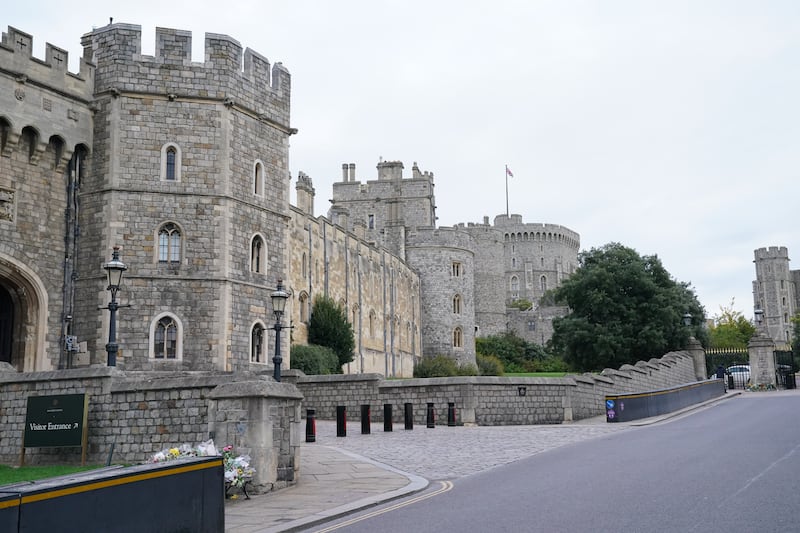
Camberwell Old Cemetery
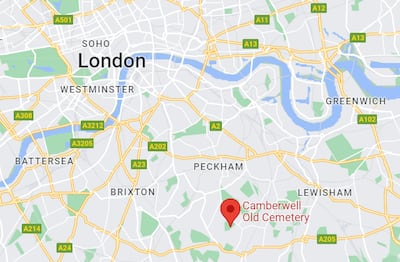
Did you know that the Sam Maguire and Liam MacCarthy trophies are named after two stalwarts of the London GAA? Sam Maguire returned to Ireland in the early 1920s and died prematurely at the age of 49 in 1927. MacCarthy, who was London-born and bred, died a year after him. Though MacCarthy is a household name in Ireland because of his association with the All-Ireland senior hurling championship, he was buried in an unmarked grave. That scandalous situation was only remedied when a headstone was erected in 2006.



















